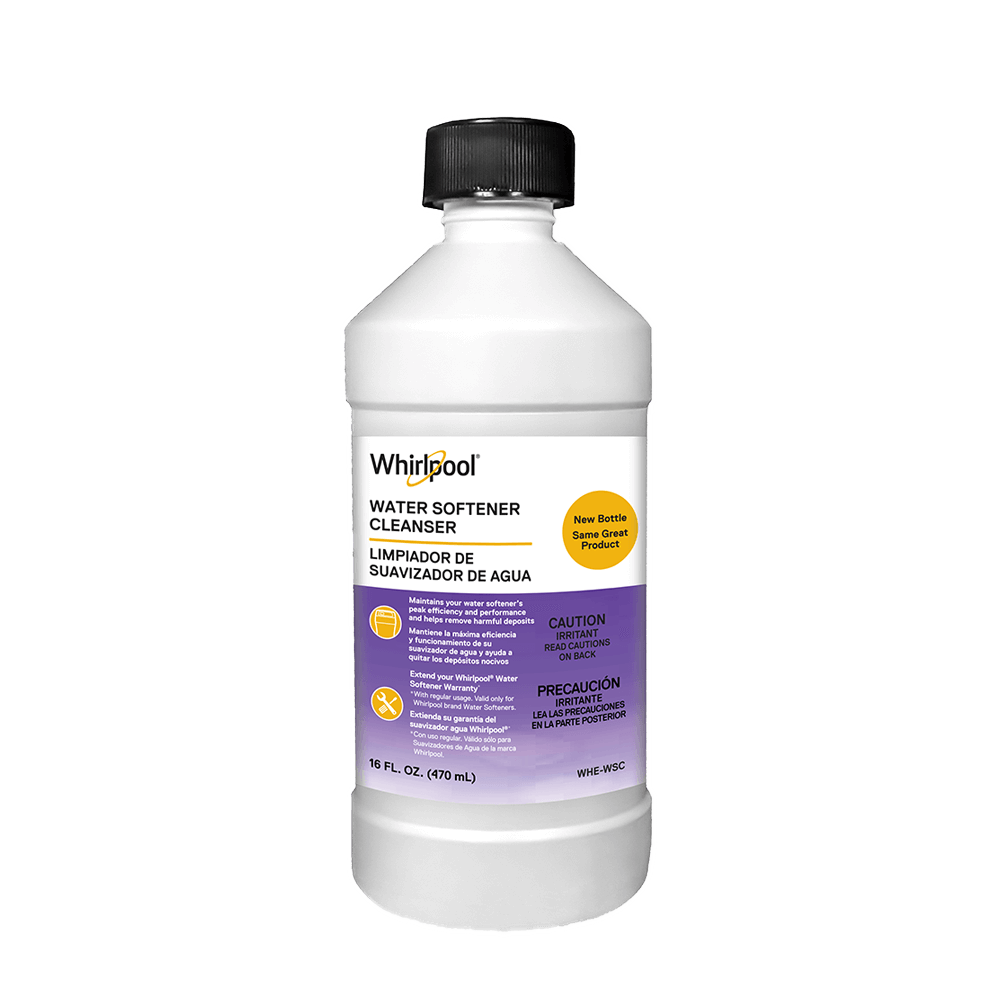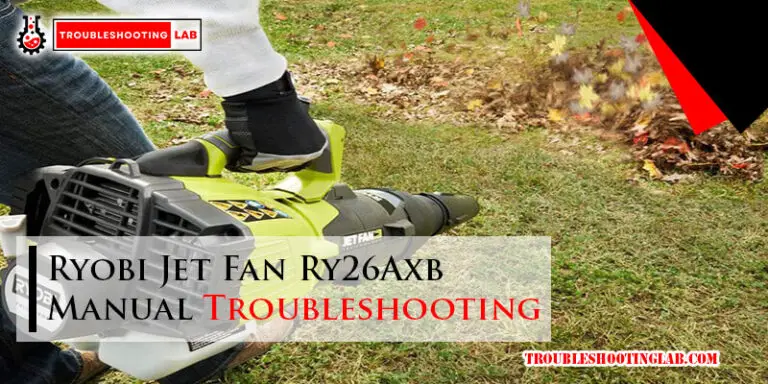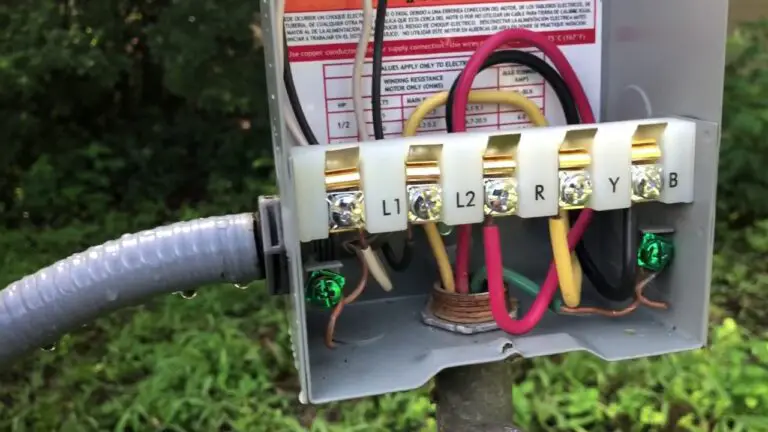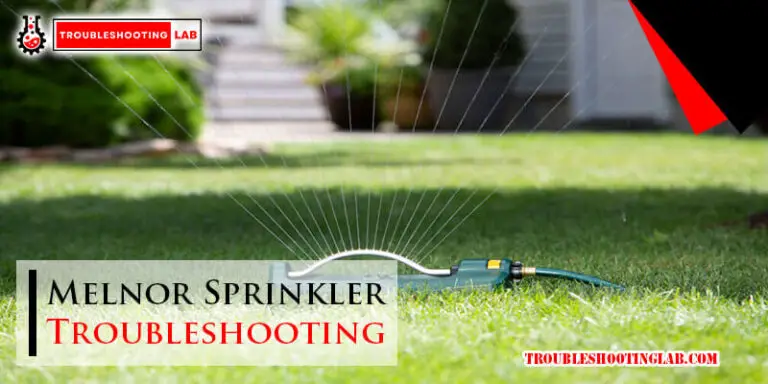Whirlpool Softener Troubleshooting: Quick Fixes for Common Issues
Water softeners are essential for many homes, ensuring cleaner water. But, like any appliance, they can have issues.
If your Whirlpool softener isn’t working right, you’re not alone. Many homeowners face similar challenges. Troubleshooting can seem tough, but with some guidance, you can tackle most problems. This guide will walk you through common Whirlpool softener issues. We’ll explain why they happen and offer simple solutions.
By the end, you’ll feel more confident in fixing your softener. Let’s dive in and get your water flowing smoothly again.
Credit: whirlpoolwatersolutions.zendesk.com
Understanding Your Whirlpool Softener
Understanding your Whirlpool softener is essential for proper maintenance. You need to know its basic components and how it works. This knowledge helps in troubleshooting any issues that arise. It also ensures your softener runs efficiently. Let’s dive into the details.
Basic Components
Your Whirlpool softener has several key parts. The resin tank holds the resin beads. These beads soften the water. The brine tank stores the salt. This salt cleans the resin beads. The control valve manages the water flow. It also controls the regeneration cycle. These are the main components you need to know.
How It Works
The softener works through a simple process. Hard water enters the resin tank. The resin beads attract hard minerals. This makes the water soft. Over time, the resin beads get dirty. They need to be cleaned. The brine tank sends salt water to clean the beads. This is called regeneration. After regeneration, the beads are ready to soften water again. Understanding this process helps in troubleshooting.
Identifying Common Issues
Identifying common issues with your Whirlpool softener can help maintain its efficiency. Look for signs like salty water or no softening. Regular checks can prevent major problems.
Your Whirlpool water softener is a trusted appliance in your home. But like any device, it may face issues. Knowing how to identify and resolve these problems is key.Low Water Pressure
Low water pressure can disrupt daily routines. It can be frustrating. Check the bypass valve first. Ensure it is in the correct position. Sometimes, a clogged filter is the culprit. Clean or replace it if needed. Examine the resin bed. It may be dirty or clogged. This can restrict water flow. Perform a manual regeneration cycle. This helps clean the resin bed. If the problem persists, call a professional.Salty Taste In Water
A salty taste in water is unpleasant. It can signal a problem. Check the salt dosage setting first. It may be too high. Adjust it to a lower level. Inspect the brine tank. Ensure the salt is not bridging. Salt bridging can cause excess salt in water. Look at the injector and screen. They may be clogged. Clean them carefully. This should improve the taste. If the issue continues, there might be a malfunction. Contact a Whirlpool service technician for help. “`Fixing Low Water Pressure
Experiencing low water pressure in your Whirlpool softener can be frustrating. This issue can be due to various reasons, but common culprits include blockages and dirty parts. Follow this guide to troubleshoot and fix low water pressure in your Whirlpool softener.
Checking For Blockages
Blocked pipes or valves can reduce water pressure. To check for blockages:
- Turn off the water supply to the softener.
- Remove the bypass valve.
- Inspect the valve for debris or buildup.
- Clean any blockages you find.
- Reassemble the bypass valve.
If the problem persists, inspect the plumbing leading to the softener. Use a flashlight to see inside the pipes. Look for any visible blockages. Remove any debris or buildup you find.
Cleaning The Venturi Valve
A dirty Venturi valve can also lower water pressure. To clean the Venturi valve:
- Turn off the water supply to the softener.
- Locate the Venturi valve. It is usually on top of the softener.
- Remove the valve cap.
- Carefully take out the parts of the Venturi valve.
- Rinse each part with clean water. Use a small brush if needed.
- Reassemble the Venturi valve and cap.
- Turn the water supply back on.
Cleaning the Venturi valve can restore normal water pressure. Regular maintenance helps prevent future issues.
Solving Salty Taste In Water
Experiencing a salty taste in your water can be unpleasant. This issue often arises with water softeners, including Whirlpool models. To resolve this, you can follow some simple steps. These steps will help ensure your water tastes fresh and clean.
Inspecting The Brine Tank
The brine tank is a crucial part of your water softener. A problem here can lead to salty water. First, check the salt level. It should be about half-full. Low levels can cause issues. Next, look for any salt bridges. These hard crusts can form, blocking the salt from dissolving properly. Break them up if you find any. Also, ensure the float valve is moving freely. It controls the amount of water in the tank. If it sticks, you may get too much salt in your water.
Adjusting The Regeneration Cycle
The regeneration cycle is when the softener cleans itself. If this cycle is too frequent, it can lead to salty water. Check your settings. The cycle should match your household’s water usage. If unsure, consult your manual or a professional. Adjusting the cycle to the correct frequency can solve the problem. If your softener regenerates too often, it may not rinse out all the salt. This leftover salt can cause a salty taste in your water.
Dealing With Water Softener Leaks
Water softener leaks can cause trouble and waste water. Fixing these leaks is essential to maintain your system’s efficiency. Small issues can be handled easily with some basic steps. Let’s explore how to address common leaks in your Whirlpool water softener.
Tightening Connections
Loose connections are a common cause of leaks. Check all connections around the softener, including inlet and outlet pipes. Use a wrench to tighten any loose fittings. Be careful not to over-tighten as it can damage the threads. A snug fit will usually stop small leaks.
Replacing Damaged Seals
Seals and gaskets can wear out over time. Inspect these components for cracks or damage. If you find any, replace them with new ones. Make sure the replacements are the correct size for your model. Properly seated seals will prevent leaks and ensure smooth operation.
Maintaining Your Whirlpool Softener
Proper maintenance keeps your Whirlpool softener running efficiently. Regular upkeep prevents breakdowns and prolongs the machine’s life. This guide provides easy tips and a service schedule to follow.
Regular Cleaning Tips
Clean the brine tank every three months. This prevents salt buildup. Empty the tank and scrub it with warm, soapy water. Rinse thoroughly before refilling with fresh salt.
Check the salt level regularly. Ensure it stays at least half full. Use high-purity salt to avoid sediment.
Remove any salt bridges. These can form when the salt clumps together. Break them up with a broom handle or similar tool.
Scheduled Servicing
Schedule professional servicing once a year. A technician will inspect and clean the resin bed. This keeps the softener working at its best.
They will also check the valve settings. Correct settings ensure optimal performance.
Replace the resin beads every five to ten years. This depends on water usage and quality. Fresh resin improves softening efficiency.
Keep a log of maintenance activities. Record dates and services performed. This helps track the softener’s condition over time.
When To Call A Professional
A Whirlpool softener is a reliable appliance, but sometimes it needs professional help. Knowing when to call a professional can save you time and money. Here are some key indicators to look out for.
Identifying Severe Problems
Some issues require more than a quick fix. Severe problems often need a technician. Here are some signs:
- Water softener is not regenerating.
- Water has a salty taste.
- Unit is leaking water.
- Display shows error codes.
- Water pressure is low.
If you notice any of these signs, it’s time to call a professional. Ignoring these problems can lead to bigger issues.
Choosing A Reliable Technician
Finding the right technician is crucial. Here are some tips to help you choose a reliable one:
- Check online reviews and ratings.
- Ask for recommendations from friends or family.
- Ensure the technician is certified.
- Get quotes from multiple technicians.
- Check their experience with Whirlpool softeners.
By following these tips, you can find a trustworthy professional. This ensures your Whirlpool softener gets the best care.

Credit: www.youtube.com

Credit: whirlpoolwatersolutions.com
Frequently Asked Questions
How Do I Reset My Whirlpool Water Softener?
To reset, press and hold the ‘Program’ button until the display changes.
Why Is My Whirlpool Softener Not Regenerating?
Check the timer settings and ensure the unit is plugged in properly.
What Does The Error Code E1 Mean On Whirlpool Softener?
Error code E1 indicates a problem with the valve motor.
How Often Should My Whirlpool Softener Regenerate?
Typically, every 2-3 days, but it depends on your water usage.
Why Is My Whirlpool Softener Leaking?
Inspect the seals and connections for any damage or looseness.
Conclusion
Troubleshooting your Whirlpool softener can seem daunting, but it’s manageable. Follow the steps outlined in this guide. This will help you address common issues effectively. Always ensure regular maintenance for optimal performance. Keep an eye on salt levels and clean parts as needed.
If problems persist, consulting a professional may be necessary. Remember, a well-maintained softener ensures clean, soft water. Happy troubleshooting!






